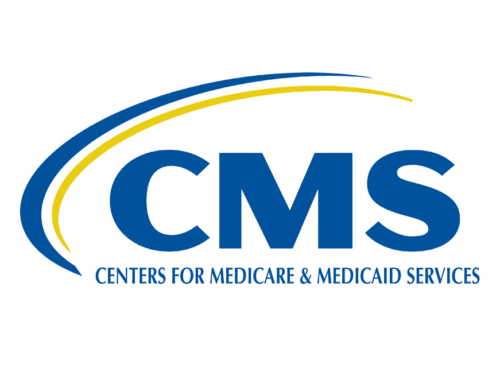
Virtual Roundtable with CMS Administrator Seema Verma
October 29, 2020 | 10:45 AM EDT
On Thursday, October 29th, at 10:45 am EDT, the V-BID Center hosted a virtual roundtable with CMS Administrator Seema Verma and invited panelists to discuss initiatives designed to improve patient-centered outcomes and lower health care expenditures as part of the movement towards value-based care.
Media interview requests with Administrator Verma can be arranged by contacting Elizabeth Schinderle at Elizabeth.Schinderle@cms.hhs.gov or 224-374-8596.
For participant bios, click on photos below.
About the V-BID Center
Conceptualized by University of Michigan faculty in 2005, Value-Based Insurance Design (V-BID) is built on the principle of lowering or removing financial barriers to essential, high-value clinical services.
V-BID plans align patients’ out-of-pocket costs, such as copayments, with the value of services. These innovative products are designed with the tenets of “clinical nuance” in mind.
These tenets recognize that 1) medical services differ in the amount of health produced, and 2) the clinical benefit derived from a specific service depends on the consumer using it, as well as when, where, and by whom the service is provided.
University of Michigan faculty first conceptualized and coined the V-BID concept and have guided this approach from early principles to adoption in the private and public sectors. Since its inception in 2005, the University of Michigan Center for ValueBased Insurance Design has led efforts to promote the development, implementation, and evaluation of innovative health benefit designs that improve quality and lower costs – the primary goals of health care reform.


















